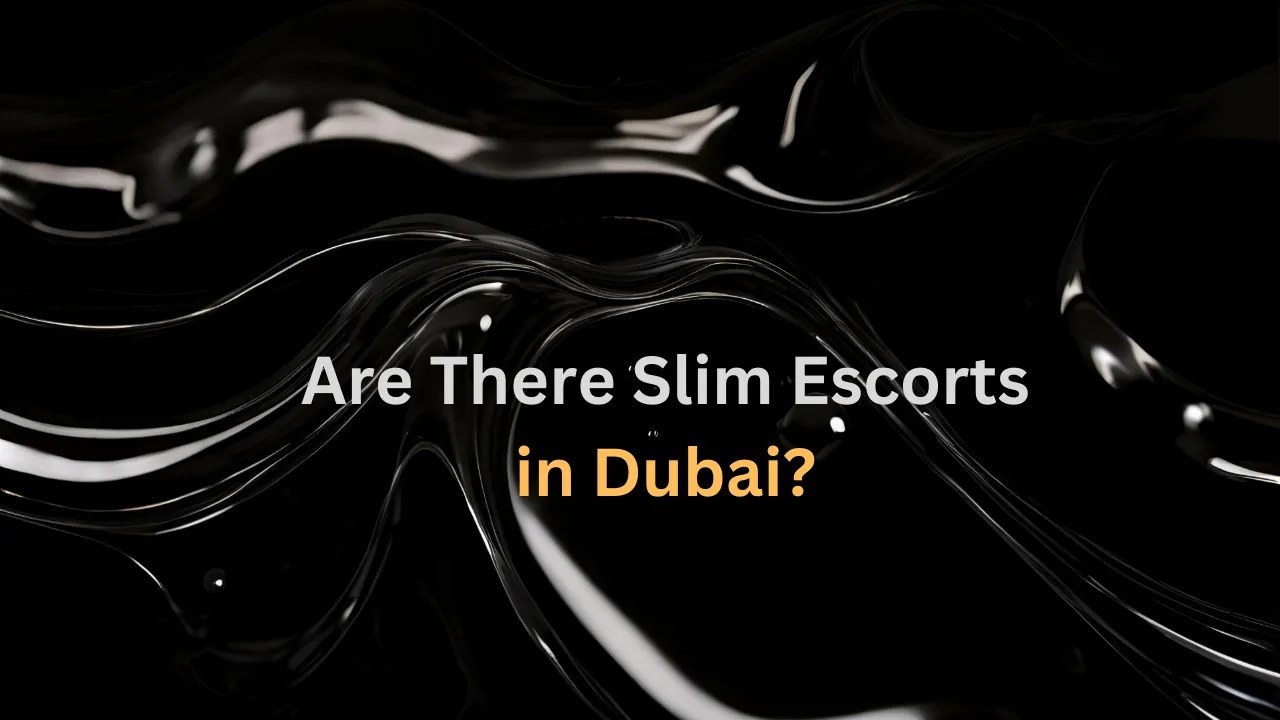Does Tourism Hurt Hawaii
Hawaii’s picturesque landscapes, rich culture, and welcoming spirit have made it a dream destination for travelers worldwide. However, the island’s booming tourism industry has raised concerns about its impact on the environment, local culture, and economy. In this comprehensive article, we delve deep into the question, “Does tourism hurt Hawaii?” and explore its multifaceted implications.
The Rise of Tourism in Hawaii
Hawaii’s natural beauty and unique culture have drawn tourists for decades, but recent years have seen an unprecedented surge in visitors. The increase in tourism, while beneficial in many ways, has raised critical questions about sustainability.
Environmental Concerns
The fragile ecosystems of Hawaii are under immense pressure due to tourism-related activities. Overdevelopment, pollution, and the carbon footprint of travelers have triggered environmental concerns. We analyze the consequences and potential solutions to mitigate these issues.
Overdevelopment and Infrastructure
The rapid construction of hotels, resorts, and infrastructure can disrupt the delicate balance of Hawaii’s ecosystems, leading to habitat destruction and increased urban sprawl.
Pollution and Waste Management
Tourism generates significant waste, straining the island’s waste management systems. Plastic pollution, in particular, poses a severe threat to the ocean and marine life.
Cultural Impacts
Hawaii’s culture is a blend of native traditions and diverse influences. As tourists flood the islands, the preservation of this culture faces challenges.

Cultural Appropriation
The commercialization of Hawaiian culture for tourist consumption can result in cultural appropriation, diluting the authenticity of traditional practices.
Displacement of Local Communities
The rising costs of living and housing, driven by the tourism industry, can displace local communities, jeopardizing the continuation of their traditions.
Economic Benefits vs. Disparities
Tourism is a cornerstone of Hawaii’s economy, providing jobs and economic growth. However, it also exacerbates economic disparities.
Job Creation and Dependence
Tourism offers employment opportunities but creates a dependency on the industry, leaving the economy vulnerable to fluctuations in tourism.
Economic Disparities
The cost of living and housing in Hawaii has soared due to tourism, resulting in economic disparities between residents and tourists.
Sustainable Solutions
In our quest to answer the question “Does tourism hurt Hawaii?” we also explore sustainable solutions.
Eco-Tourism Initiatives
Eco-tourism offers a sustainable alternative that focuses on responsible travel and minimizing the environmental impact.
Cultural Preservation Efforts
Efforts to preserve Hawaiian culture and traditions involve education, awareness, and respectful engagement with tourists.
Economic Diversification
Hawaii can reduce its dependency on tourism by diversifying its economy, potentially lessening the economic disparities.
The relationship between tourism and Hawaii is complex, with both benefits and drawbacks. To ensure the islands’ long-term well-being, stakeholders must find a delicate balance between preserving the environment, culture, and economy while offering an exceptional experience for visitors. The question remains: “Can tourism coexist sustainably with Hawaii’s unique beauty and culture?”
Namaste Travel
Namaste travel is not just a journey of the body; it’s a journey of the soul. It’s a concept that transcends traditional tourism, inviting travelers to explore the world with a sense of reverence and mindfulness. Rooted in the idea of mutual respect and unity, namaste travel encourages a deep connection with the places we visit and the people we encounter. It’s about understanding and appreciating the diversity of our world, embracing different cultures, and leaving a positive footprint as we explore. Namaste travel reminds us that every destination we visit is not just a location on the map; it’s a unique, living, breathing entity with its own stories to tell and lessons to impart.






